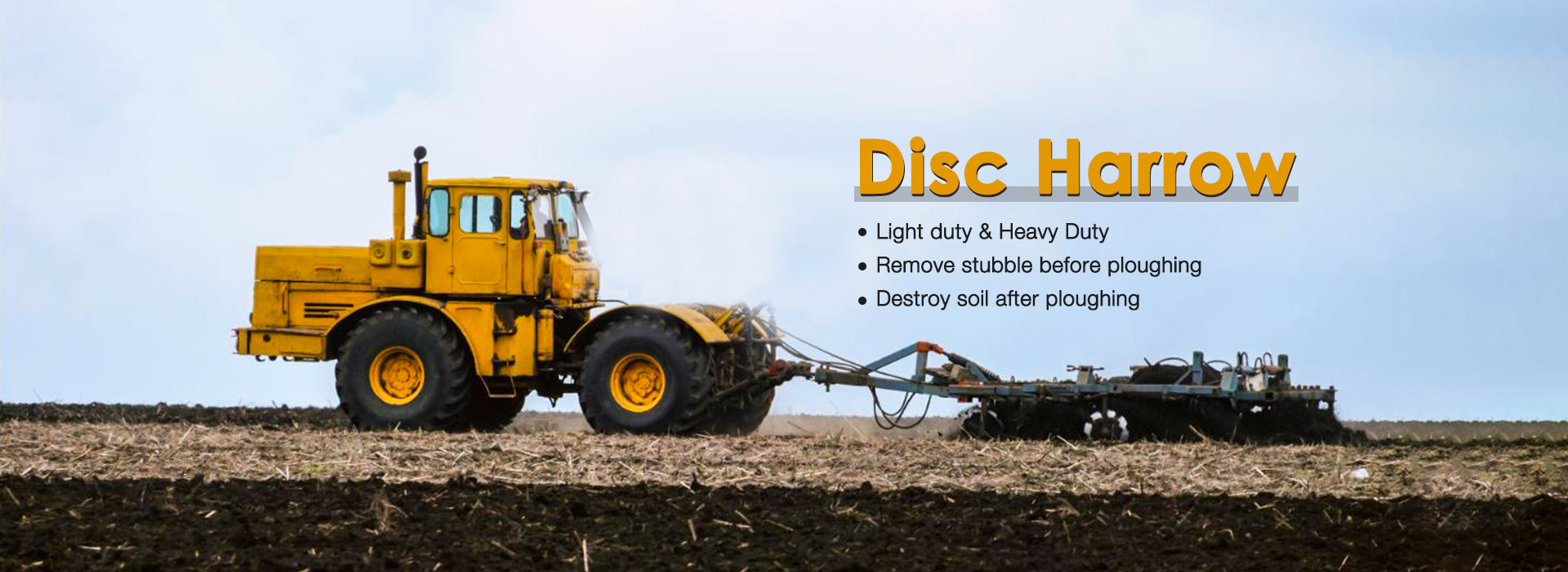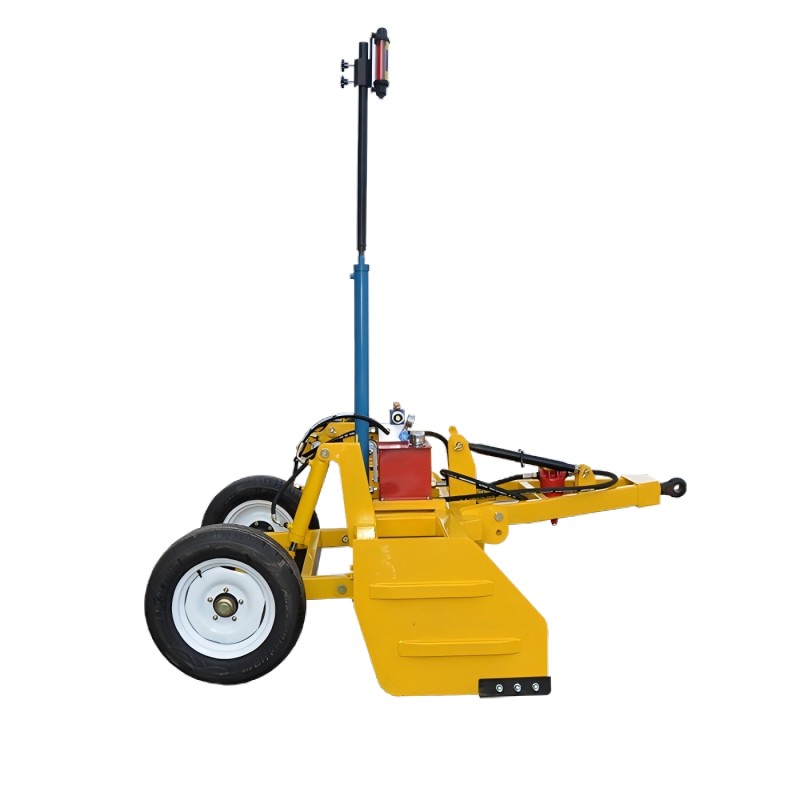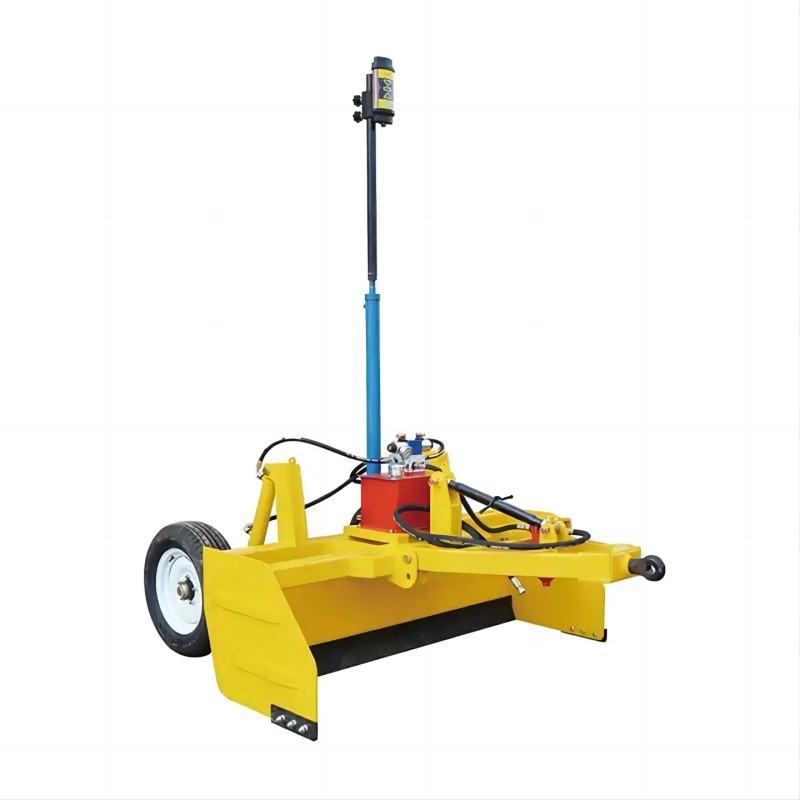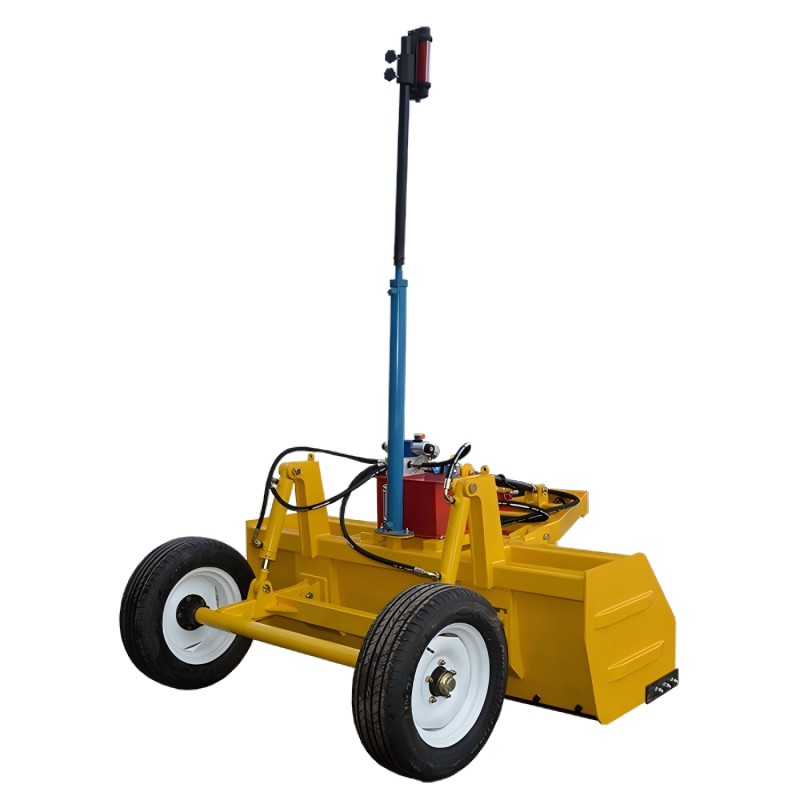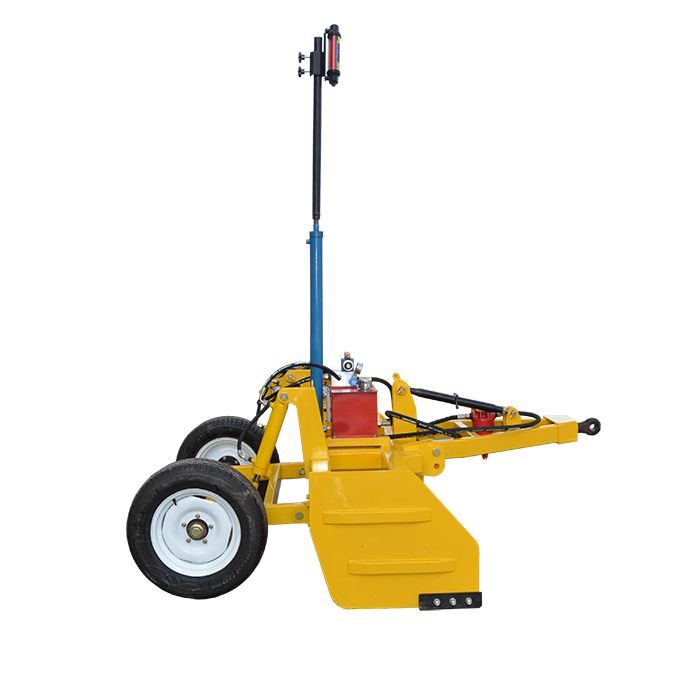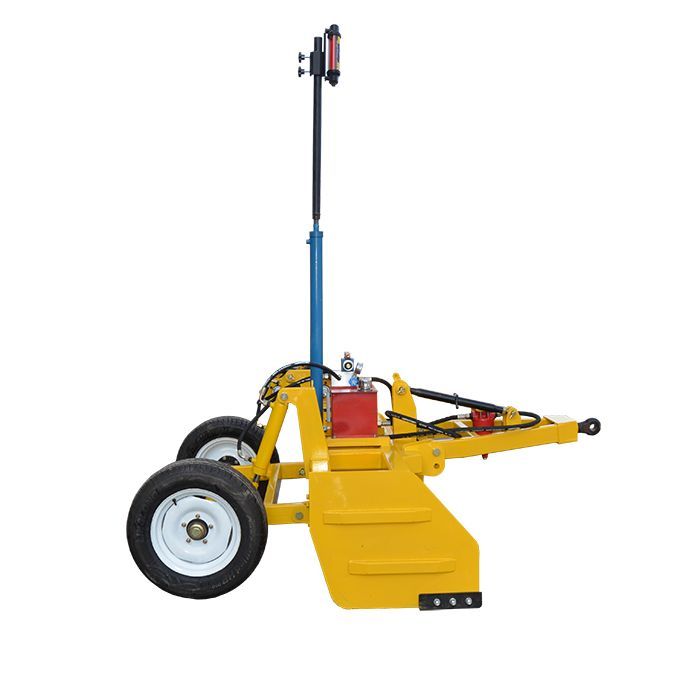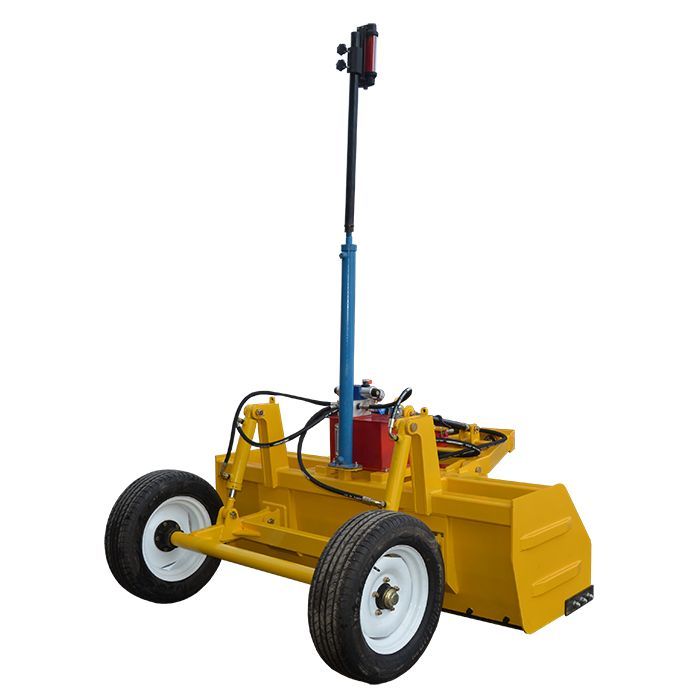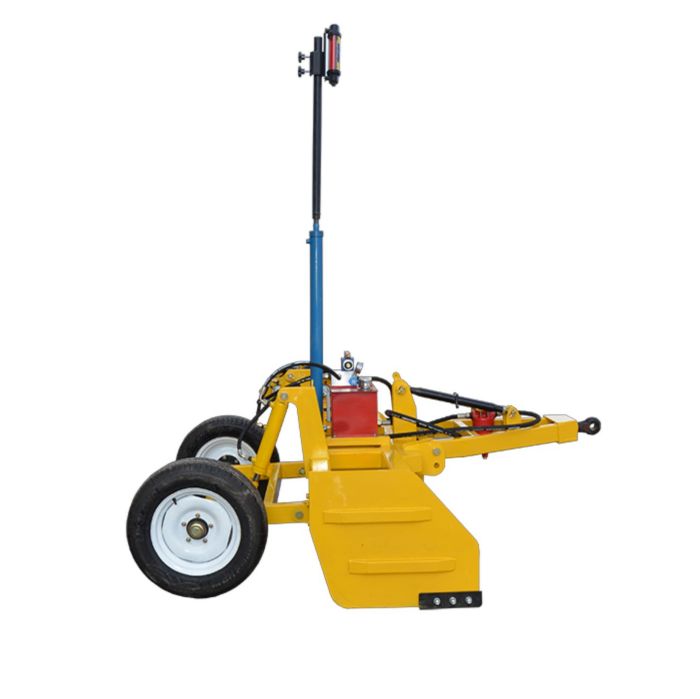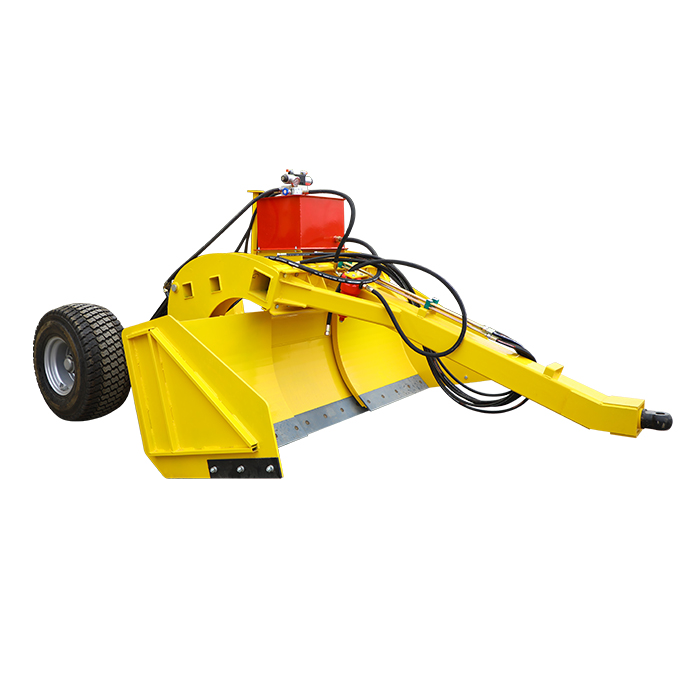Laser-Guided Land Leveler
Laser-Guided Land Leveler is a machine that has revolutionized field preparation and irrigation efficiency. This innovative method employs advanced laser technology to create perfectly level fields, optimizing water distribution and crop yields. By utilizing a Laser-Guided Land Leveler equipped with laser-guided systems, farmers can achieve unprecedented precision in field topography.
Send Inquiry
1)Understanding the Laser-Guided Land Leveler Process
Laser land leveling is a sophisticated process that begins with a comprehensive survey of the field. A rotating laser transmitter is set up at a fixed point, emitting a plane of laser light across the entire area. This laser plane serves as a reference for the land leveler, which is equipped with a receiver that detects the laser signal. As the land leveller traverses the field, it automatically adjusts its blade to cut high spots and fill low areas, gradually creating a uniform surface. This precision is unattainable with traditional leveling methods, making the Laser-Guided Land Leveler an indispensable tool in modern agriculture.

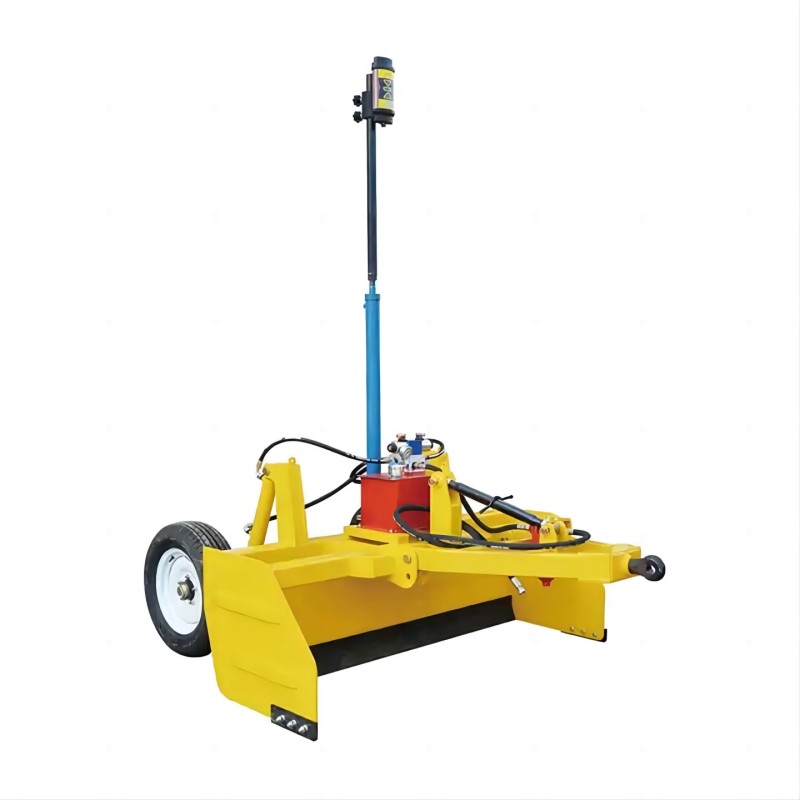
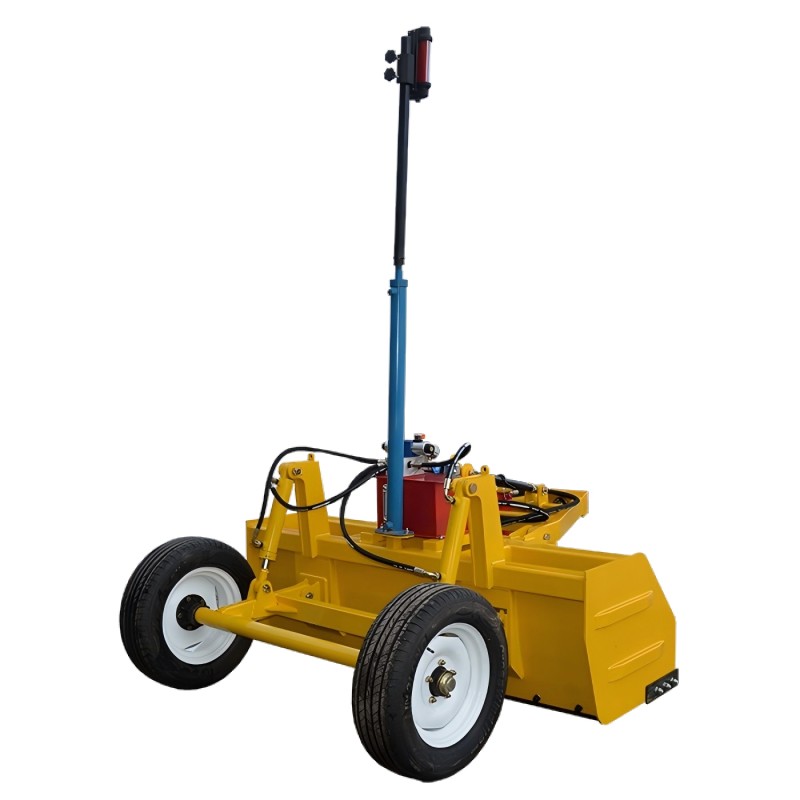
2)Components of a Laser-Guided Land Leveler
The Laser-Guided Land Leveler consists of several key components working in harmony. At its core is the laser transmitter, which projects a consistent plane of light. The receiver, mounted on the land leveller, interprets the laser signals and communicates with the control box. This control box, the brain of the operation, processes the data and sends commands to the hydraulic system. The hydraulic system then adjusts the scraper blade's height and angle with remarkable precision. Together, these elements allow the land leveller to make real-time adjustments, ensuring a perfectly level field across vast areas.
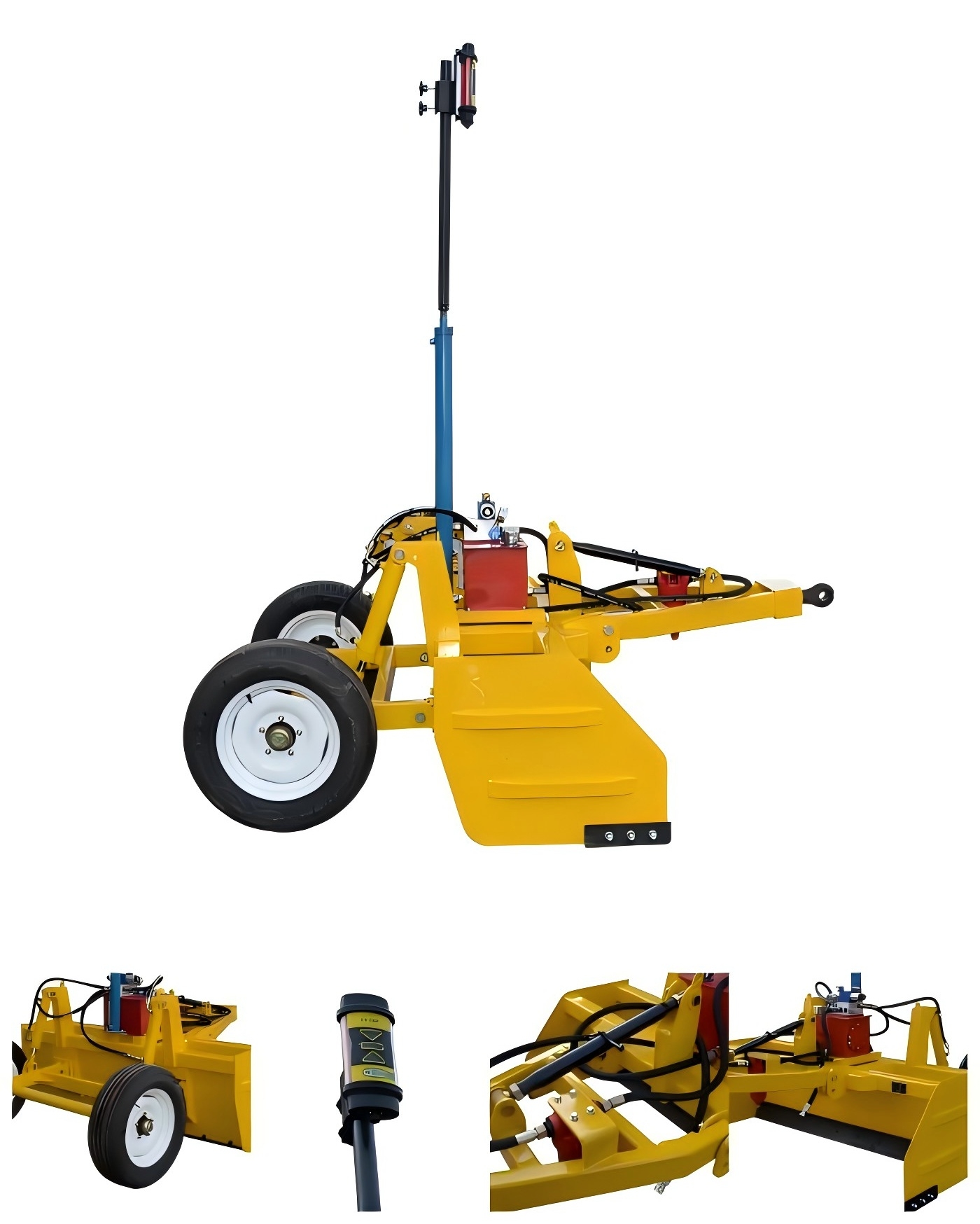
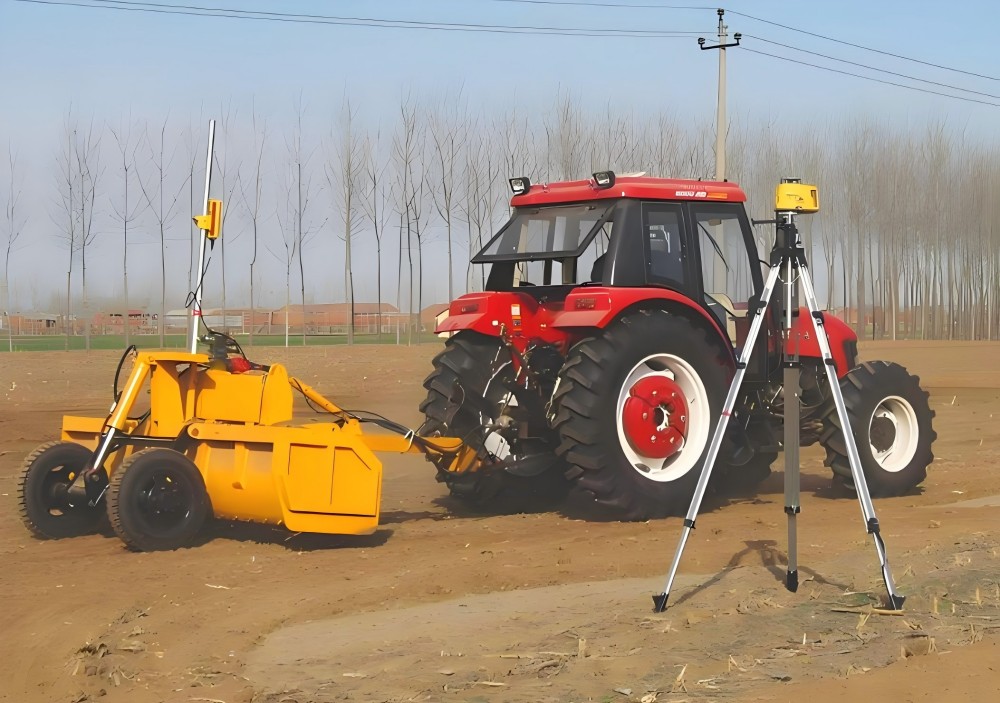
1)Save Water Resources
One of the primary advantages of Laser-Guided Land Leveler is save water resources. A precisely leveled field allows for uniform water distribution, eliminating low spots where water might accumulate and high areas that may receive insufficient irrigation. This uniformity reduces water waste and ensures that crops receive optimal moisture levels across the entire field.
2)Improving Crop Yield and Quality
Laser-Guided Land Leveler has a direct positive impact on crop productivity. The even distribution of water and nutrients leads to more uniform crop growth, reducing variations in plant height and maturity. This uniformity simplifies harvesting operations and can lead to increased yields.
3)Sustainability
The Laser-Guided Land Leveler's precise grading helps in conserving soil structure and organic matter content. Improved water management also leads to less leaching of nutrients, maintaining soil fertility and reducing the need for excessive fertilizer application.
Conclusion
Laser-Guided Land Leveler represents a significant leap forward in agricultural technology, and this machine promises even greater benefits for agricultural productivity, water conservation, and environmental sustainability. If you want to get more information about Laser-Guided Land Leveler, you can contact us at catherine@harvestermachinery.com.

